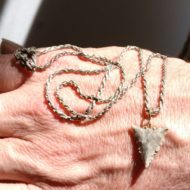Some time ago in a sitting room in France with some British friends I was looking at the photos, prints and paintings hanging on the walls. I had began a conversation with them about the idea that the natural world, the landscape, nature shared important attributes with God, perhaps the Old Testament God who had unlimited power that knows no bounds and cannot be controlled. The natural world, nature is also bounteous, offering food, shelter. Nature is destructive but without blame in spite of this, it is essentially unknowable.
We were discussing the images on their walls, landscape images of walking destinations in the Lake District, views of fields in southern France, seascapes with Yachts. These were like icons I felt and in fact were in a very literal way icons, they stood for the natural world but were not in themselves nature. Looking at them, admiring them was not the same as being in nature, walking in it, breathing it, mourning it.
There are some images of the natural world, Sunflowers by Van Gogh, that are seen as expressing such proximity to nature that they are valued highly, they evoke great passion and offer a sense of idolatry where they are more than representations but have some power to themselves.
This is part of a set of ideas that relate ecology and fascism. The central concept is that that the position of nature above people ethically (and most terribly scientifically) required to submit to nature’s needs (of which they are part) is the ideological form that could support a final solution where the victim is the unregulated resource consumer.
